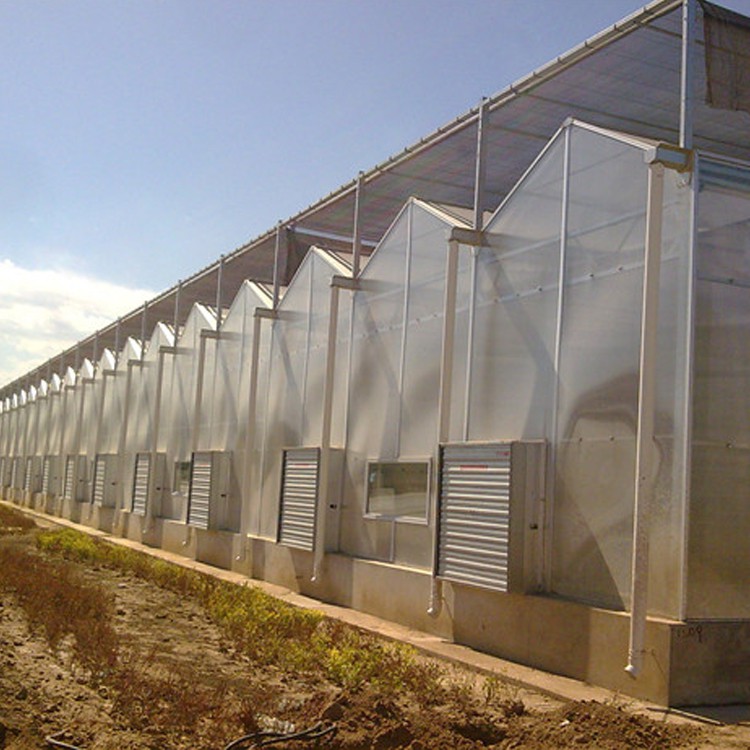The Mode of Improving Crop Planting Benefit in Greenhouse Project
The three rural issues have always been a highly important area for the central government. For hard-working farmers, farming is often their main source of income, and winter is not suitable for the growth of crops. What do farmers rely on for income during this season? That is the greenhouse project! As a carrier and platform for crops, the greenhouse project has changed the previous model of relying on the sky to grow the land, and can be planted off-season, which has become an important way for farmers to increase their income.
The greenhouse project fundamentally solves the dilemma of relying on the sky for food. Once the weather is abnormal, the income will drop sharply. Even if the weather is good, vegetables and crop products will be available immediately, and the price of vegetables will not be high, so the greenhouse project breaks the regular season for planting, often with higher returns. The space constructed by the greenhouse project can effectively adjust the indoor environment for the growth of crops, adapt to the needs of different plants for sunlight intensity, temperature and humidity, ensure the objective environment for the growth of crops, and fully guarantee the normal needs of crops.
In the field of greenhouse engineering, there are many ways that can be applied in practice to give full play to the effect of greenhouses. The following will introduce them one by one:
1. Soilless cultivation. Soilless cultivation is an emerging planting method in greenhouses. The planting method is environmentally friendly and healthy, with low cost and good crop yield. There are two main methods of soilless cultivation, one is substrate cultivation and the other is hydroponics. The integration with greenhouse projects such as ecological parks has promoted the development of the leisure planting industry.
2. Softening cultivation. People who have just come into contact with greenhouse projects may not know what softening cultivation is. Here, let’s talk about it. Soft cultivation refers to covering crops that have grown for a certain period of time to semi-transparent or completely dark darkness under the condition of controlling environmental humidity. in the environment. In this way, vegetables have less photosynthesis, less chlorophyll content, soft leaves and stems, and higher nutrient content. Celery and chives are suitable for softening cultivation. If other vegetables are suitable, please consult the engineering staff of Nongcube Greenhouse.
3. Promote cultivation. It refers to the method of dealing with the off-season of vegetable supply, effectively exerting the regulation and control of sunlight and temperature in greenhouses, and planting cold-resistant varieties of vegetables, especially suitable for winter and early spring.
4. Off-season cultivation. As the name suggests, everyone knows more about the off-season. Such greenhouses can adapt to the vacancy of market demand and fill the supply of off-season vegetables. In particular, it is more convenient for urban residents, with more choices, and at the same time, it increases the income of farmers.








